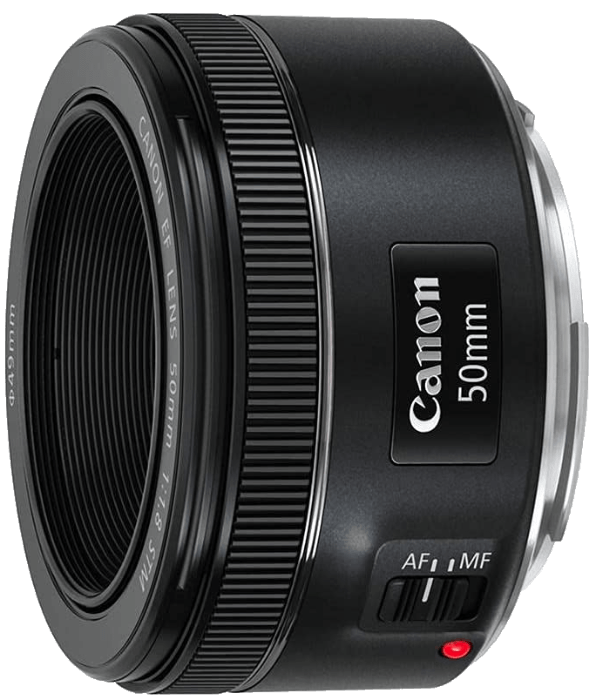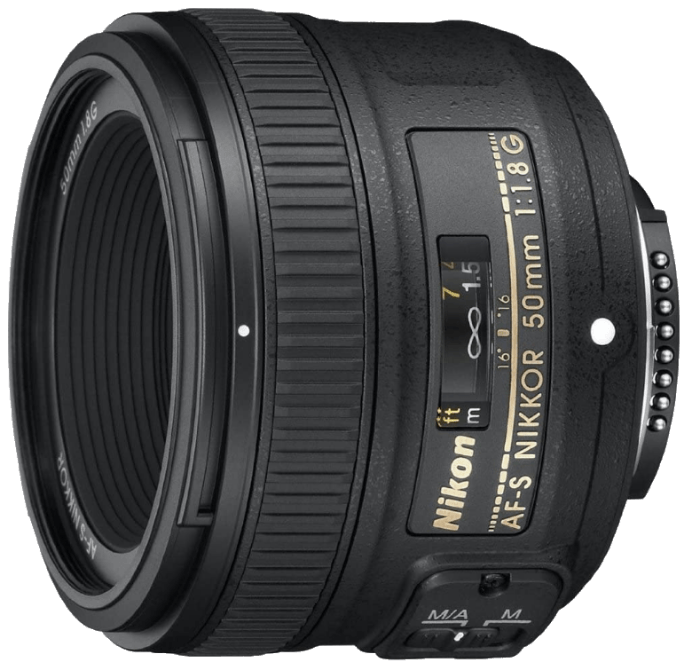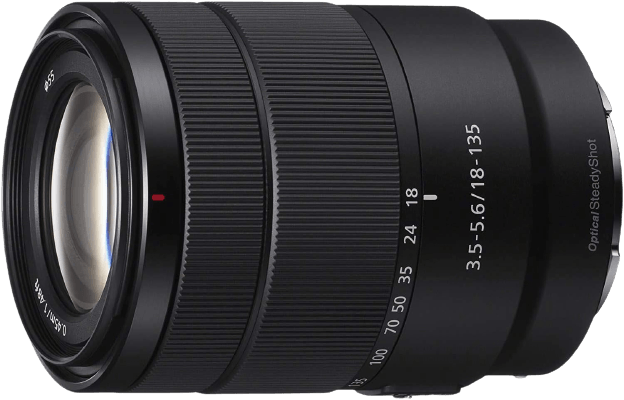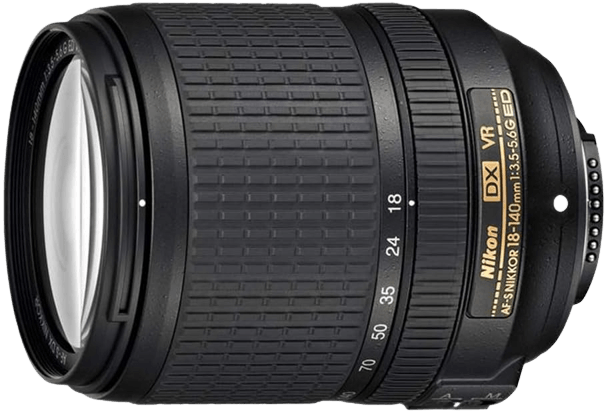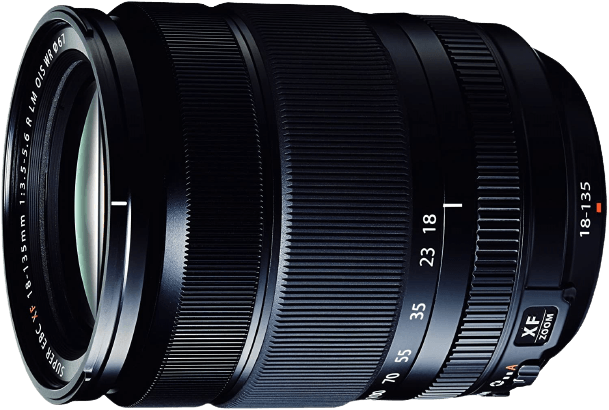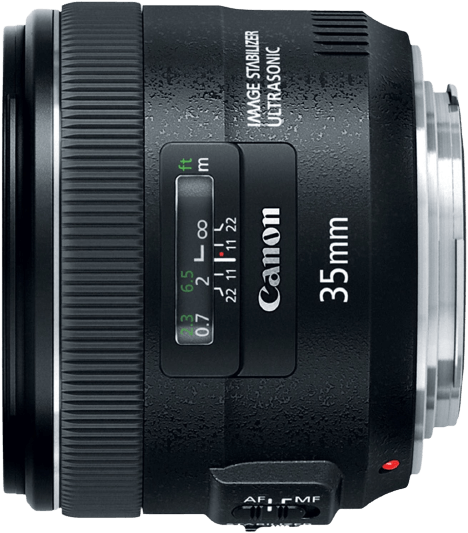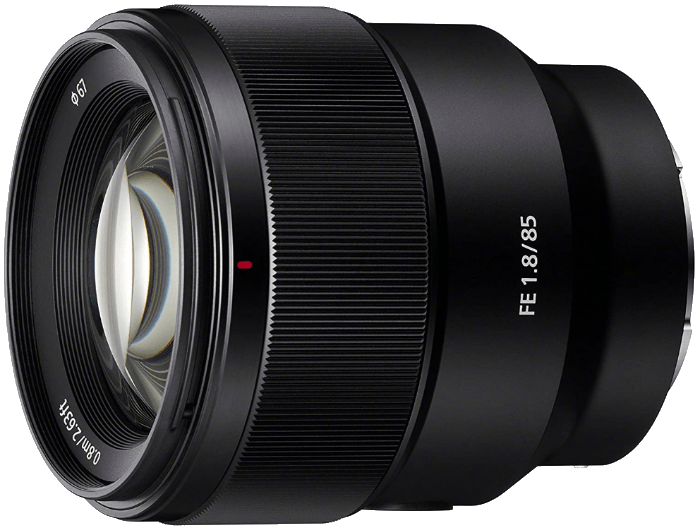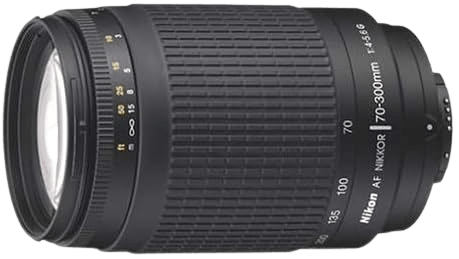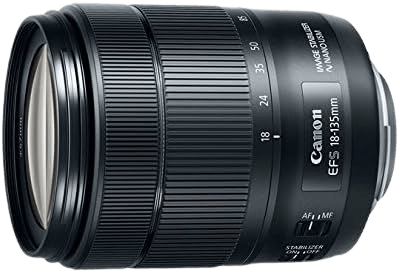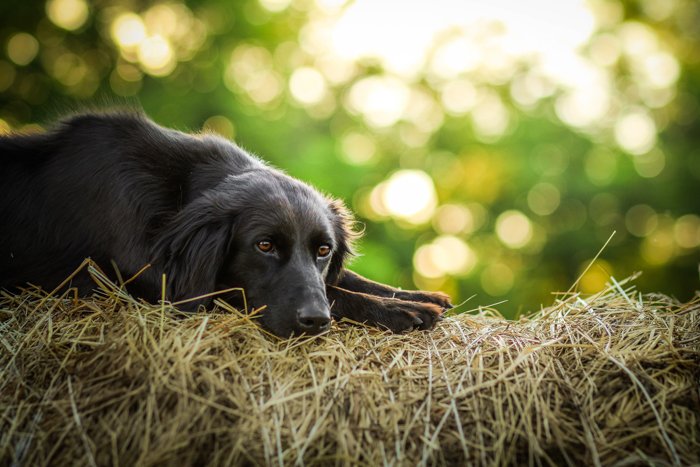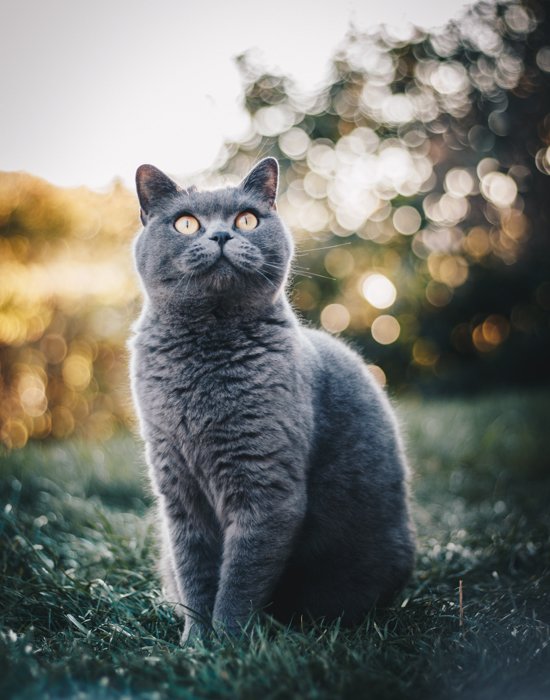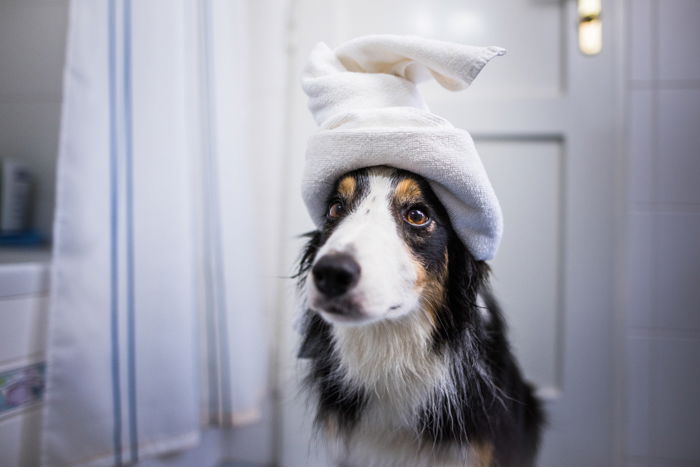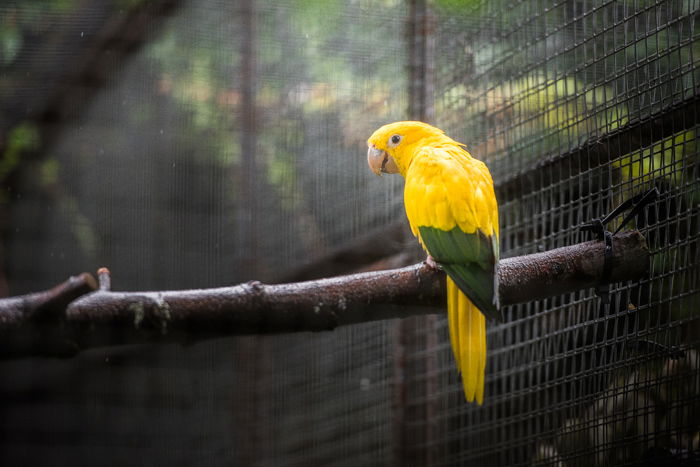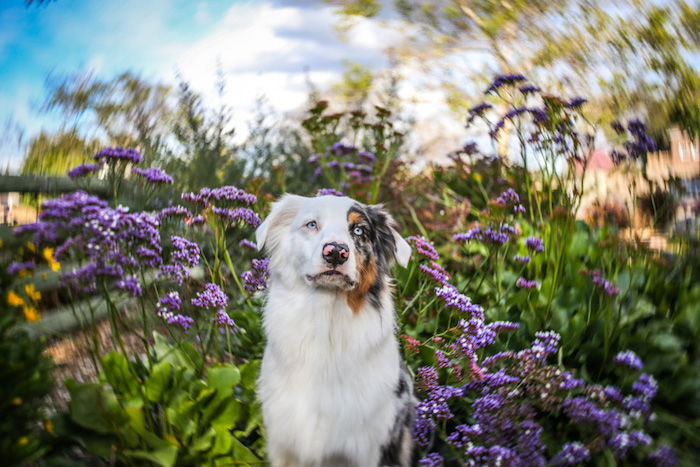[Note: ExpertPhotography is supported by readers. Product links on ExpertPhotography are referral links. If you use one of these and buy something, we make a little bit of money. Need more info? See how it all works here.]
The Best Lens for Dog Photography (Top 10)
Here’s an overview of our choice of best lenses for pet photography. This table gives you a quick glimpse at our choices so you can find the best pet photography lens for you. The next section looks at each lens in more detail. And if you still need more information, go to our guide at the end on how to choose the best lens for pet photography. It gives you all the info you need to find the perfect pet photography lens.
Best Pet Photography Lenses in Detail
This section looks at each pet photography lens individually. We show you the main specs and features so you can find the lens that suits pet photography. We cover all the main camera brands. And we include prime and zoom lenses. We have all the lenses a pet photographer needs! The Canon EF 50mm f/1.8 STM is the perfect lens for pet photography. The 50mm focal length is great for dog portraits. It gives you a tight-to-medium portrait composition. And you also get fab results for cats, birds, and tortoises. The lens has a minimum focus distance of 1.15 ft (35 cm). This allows you to get close to intimate animal portraits. It also helps if you’re snapping smaller animals, like rabbits or ferrets. Pet photographers will appreciate the fast f/1.8 max aperture. That gives you plenty of natural light to work with. And it allows you to work with a shallow depth of field for a beautiful bokeh effect. The autofocus (AF) uses Canon’s older STM system (Stepper Motor technology). It’s not as quick as the Ultrasonic Motor (USM) AF systems. But this is more than capable for pet photography… provided they’re not too hyperactive! The Canon EF 50mm f/1.8 is the best place to start for new pet photographers. It’s simple but highly effective. And you can’t argue with the price of this pet photography lens. The Nikon AF-S FX 50mm f/1.8 is the best Nikon lens for pet photography. The 50mm focal length gives you a lovely viewing angle for pet portraits. And you can shoot wider environmental shots when you step further back. The lens uses Nikon’s Silent Wave Motor (SWM) for the autofocus. It’s quick and responsive. And its silent operation means the animals are never spooked or distracted. As an FX lens, it’s compatible with full frame DSLR Nikon cameras. You can also use it for their APS-C cameras, but you will experience cropping. It means you’ll have a tighter composition. But that can work well with cat and dog photography. This Nikon prime lens is a bargain for pet photographers. It’s one of their most affordable lenses. And there’s no compromise on quality. The Sony E 18-135mm f/3.5-5.6 ED OSS is a versatile zoom lens. And the optical quality and shot range make it an excellent lens for pet photography. The 135mm end gives you a lovely tight composition for pet portraits. And the 18mm focal length gives you a wide viewing angle. This is great for group shots of pets playing or group photos of the family with the pet. The f/5.6 max aperture at the larger end of the focal length isn’t the widest. But the lens does have Sony’s Optical SteadyShot stabilizer. This reduces the effects of camera shake. And it allows you to use slower shutters speeds without the risk of blurry images. It gives you sharp images even in low light. The Sony E 18-135mm f/3.5-5.6 is compatible with Sony’s APS-C mirrorless cameras. The Canon EF-S 18-135mm f/3.5-5.6 IS STM is an ideal Canon lens for pet photography. The zoom range gives you plenty of shot options. You can shoot tightly composed dog portraits. And you can shoot wider shots of the animals in action or groups. The lens uses Canon’s superior USM AF system. It’s quick and responsive. It locks focus in a flash, even when your furry friends won’t sit still. The built-in image stabilization gives you sharper pet photos. It reduces camera shake and motion blur. It improves low-light performance. And it helps when shooting from hand. You don’t need a tripod every time. It’s an affordable zoom lens for Canon APS-C DSLR cameras. It’s exactly what a pet photographer needs. The AF-S DX 18-140mm f/3.5-5.6 ED VR is another fantastic Nikon lens for pet photography. The 140mm focal length gives you a good amount of reach. You can take animal shots from further away. And it gives you a nice tighter composition with lovely bokeh. Pet photographers at any level will appreciate the vibration reduction system. It helps you get crisp images even in low-light situations. You have more options with your shutter speed. And you can shoot without a tripod more often. Chromatic aberration can be a problem with zoom lenses. But Nikon uses Extra-low Dispersion (ED) glass to reduce aberration to a minimum. You get excellent optical quality throughout the zoom range. The XF 18-135mm f/3.5-5.6 LM OIS is the best Fujifilm lens for pet photography. The zoom range gives you plenty of shooting options. The optical quality is excellent. And you have a reliable stabilization system for crisp and clear images. The built-in image stabilization gives you five stops of compensation. That means you can shoot with a slower shutter speed with no signs of camera shake. That’s ideal if you’re in low light. And it helps you shoot handheld. The lens has a durable construction, and it’s weather-sealed. So you can shoot outside without fear. And it gives you more options when shooting wet or aquatic pets. Olympus users need the ED 14-150mm f/4-5.6 II lens for pet photography. The focal length range gives you plenty of shot options for capturing your dogs and cats. The precision engineering from Olympus gives you stunning image quality. And the body is protected against dust and rain. The 14mm focal length gives you a beautiful wide-angle shot. That’s perfect for family portraits with your pets or group shots if you have a whole pack of dogs. The 150mm end gives you excellent magnification. So you don’t need to get too close to capture an intimate portrait. The autofocus system is another highlight. It’s fast to lock onto subjects, even when they’re moving. That’s handy for restless animals. And the silent motor means the animals won’t be startled when you snap your portrait. It’s a versatile lens. And the ED mount means it’s compatible with all Olympus’s Micro Four Thirds (MFT) cameras. It’s the perfect solution to your pet photography problems. The EF 35mm f/2 IS USM is a beautiful 35mm prime lens for DSLR Canon cameras. You don’t get the shot variety of a zoom lens. But this prime has supreme optical quality with no visible distortion. The 35mm focal length gives you a wide field of view. This wide view is ideal for environmental portraits or group photos. You can also capture the animals playing. And you can get in close for lovely pet portraits. The lens has Canon’s USM AF system. This is their fastest and most reliable AF motor to date. You’ll have perfectly focused images even if you have hyperactive pets. The optical image stabilizer also enhances photo quality. It reduces camera shake so that you can use slower shutter speeds. And it also gives you better image quality in low light, so you get sharper pet photos. The Sony FE 85mm f/1.8 is a beautiful portrait lens for Sony users. It’s the best lens for stunning animal portraits. The 85mm focal length gives you the perfect composition for cat and dog portraits. And it’s still wide enough for portraits of dog duos or shots of children and animals. The optical quality gives you crystal-clear sharpness. There’s no distortion, even at the very edges of the frame. And it has a 9-blade diaphragm that gives you a lovely bokeh effect. The f/1.8 max aperture is fast for an 85mm lens. That gives you excellent low-light performance. And it helps you achieve the shallow depth of field for the bokeh effect. The lens uses double linear motors for the autofocus system. It gives you fast, quiet, and accurate focus. That’s a real benefit when working with animals. It’s also weatherproof for outdoor shooting. The AF FX 70-300mm f/4-5.6 could be the most affordable Nikon lens for pet photography. You get excellent optical quality. There’s a large focal length range for shot variety. And it has a price no pet photographer can argue with. The lens does lack vibration reduction. And the max aperture is slow at f/4-5.6. It means you might have to increase your ISO when light is limited. But you’re still getting a Nikon lens with excellent optical quality for a bargain price.
Best Lens for Pet Photography Buying Guide
Let’s review eight lens features and options to consider when buying a lens for pet photography.
1. Depth of Field
All lenses have different focal lengths and f-stop numbers. And they determine the lens’s depth of field.
Focal Length: This is the distance between the lens and its focus. It affects the perspective. For example, a focal length for a 16mm lens shows a much wider frame than a 200mm lens. F-stop Number: This is also known as the aperture. It tells you how wide the diaphragm can open. A wider aperture (a smaller number) lets in more light and creates a shallower depth of field. Depth of field: This is a combination of a few important aspects. The focal length and aperture combine with the camera’s distance from the subject. It also includes the subject’s distance from the background. In simple terms, the depth of field defines how much of the image is in focus. A shallow depth of field means a blurred background. This technique helps separate the subject from the backdrop. In most cases, this is the desired look for pet portraits.
What’s Your Style of Pet Photography?
The focal length and the aperture contribute to your style and your technique. They also help you adjust to your photoshoot conditions. Thus, your chosen lens helps you develop and mold your photography style. Think of these questions when determining your style of pet photography:
Are you a photographer who prefers shallow depth of field? Do you like tight portraits of a dog’s head? Do you prefer a cat shot in a wide frame with a deep depth of field?
2. Manual or Automatic Focus
Apart from the factors mentioned above, focusing is also an important feature. Manual focus (MF) lenses, as the name implies, require you to rotate the focus ring. Often, you’ll also need to manipulate the aperture ring by hand. In contrast, automatic lenses find the focus for you. For pet photography, I recommend an autofocus (AF) lens. Animals are fast movers with sometimes spontaneous and erratic behavior. Capturing action with the manual focus can be difficult. So having fast autofocus is crucial if you’re aiming for dog action photos. It’s also possible to switch between the MF and AF modes. The faster the lens allows you to switch, the more flexibility you have during the photoshoot. Some lenses don’t have a switch button. They switch to manual focus by themselves when you start adjusting the manual focus.
3. Image Stabilization
Some lenses also offer image stabilization. It’s a stabilization system inside of lenses. It helps you shoot in darker environments or at slower shutter speeds. It reduces motion blur. And it also helps if your hands shake and you’re not using a tripod.
4. Lens Elements and Image Quality
The glass in a lens is what influences the final look of an image. There are different types of glass revolving around quality. Lower-end glass isn’t as sharp and has a dull appearance. High-end glass (prime, luxury lenses) makes images sharp, vibrant, and rich. Higher-end glass is more expensive but can save you a lot of time in the editing room. Examples of high-end glass are aspherical lenses. These lenses prevent spherical aberration, thus creating a more natural look. Yet, the more glasses a lens contains, the more expensive it is.
5. Lens Accessories
There are a few accessories you can buy for lenses. Some of the best are different types of filters. Filters are extra panes of glass that you put on the front of your lens. The most common way to use a filter is to protect the glass of the lens. You’d much rather have a $10 filter crack than a $1,000 lens! This is especially true for pet photography, where dog noses and cat claws might find the front of your lens. As a bonus, filters make it easy to clean lenses after a rambunctious puppy photo shoot. But some filters, like polarizing and neutral density filters, serve a purpose.
6. Focal Lengths of the Best Lenses for Pet Photography
As we said above, pet photography is a unique niche. It also needs specific lenses, depending on what you’re trying to capture. Pet portraits need a different lens than an action shot, for example. So let’s explore the best focal length and lenses for pet photography.
Standard Lenses (35-70mm)
Also known as normal lenses, standard lenses produce an image closest to what the human eye sees. The image looks natural to the viewer. Standard lenses have an angle of view of around 50 to 55 degrees (diagonally). These lenses are some of the easiest to use because you don’t have to factor in distortion. Many pet photographers go for the standard lens for its ease of use. Standard lenses also tend to have wide-open apertures. This makes them great for low light and a shallow depth of field.
Wide Angle Lenses (16-35mm)
Wide-angle lenses, as the name implies, have a much wider view than normal lenses. You can get super creative and play with angles and changes in perspective. They distort perspective, which makes for a cool effect. You can see wide-angle lenses often used on large dog breeds such as Great Danes or horses. You can focus on a larger size pet or show off long legs. But wide-angle lenses can be more difficult to use because of varying amounts of distortion. Curved or rounded glass is what captures such a wide view. This creates an unusual look when the subject is not at the correct angle. This look doesn’t fit every type of photo. But you can somewhat correct this distortion during post-processing. Remember, wide-angle lenses have a short focal length. So they don’t provide as much background blur as standard and telephoto lenses. So, they’re not the best choice for a smooth, dreamy pet photo.
Telephoto Lenses (70-300mm)
Telephoto lenses have a long focal length, so it’s easier to photograph distant subjects. These have become an absolute go-to for pet photographers! The photographer can sit far back and not disturb the pet while taking pictures. Telephoto lenses are also useful for pets in action. You can better fill the frame with a distant subject at events. This would include dog shows or agility competitions. Telephoto lenses come with a fixed or zoom focal length. The fixed focal length is often sharper than the zoom.
7. Prime vs Zoom Lenses for Pet Photography
Pet photographers should look for versatility when choosing a lens. There isn’t much time during a photoshoot to switch lenses. This is especially true when taking candid photos and capturing important moments. If you buy only one lens, choose a telephoto one that covers a bigger range of focal lengths. A great example of a budget telephoto lens is the Nikon 70-300mm f/4.5-6.3. If you want something more advanced, I suggest the Canon 70-200mm f/2.8 IS III USM. Prime lenses for pet photography have many advantages over zooms. They have better optical quality, a wider aperture, and faster autofocus. They’re also not as pricey as the wide-aperture telephoto lenses. But one prime lens doesn’t cover every situation. So you need a range of focal lengths instead of one telephoto lens.
8. Specialty Lenses for Pet Photography
Alongside your day-to-day lenses are the specialty lenses. These can create remarkable effects.
Lensbaby: This brand is famous for adding creative effects to your images. The Lensbaby Burnside 35, for example, swirls the background. (There are versions for Canon, Fujifilm, Micro Four Thirds, Nikon, Pentax K, Samsung, and Sony cameras). And fisheye lenses have a super curved pane of glass, which warps everything. Tilt Shift Lenses: A tilt shift lens is another specialty lens. You can tilt or shift the optics of this lens in relation to the image sensor. You can tilt up and down and shift side to side individually. Macro Lenses: You can also try a Canon or Nikon macro lens to boost creativity. A macro lens works well for photographing small subjects at very close distances. As a pet photographer, you can capture great detail in ultra-sharp focus. A big benefit of macro lenses is that their focusing limit is very close to the glass. You can capture those fun shots of the dog or cat coming right up to the glass of your lens! Analog (Film) Lenses: For vintage looks, try classic analog lenses. They will add a unique character to your images, which can help you create a personal style. You can get adapters that attach analog lenses to your digital camera.
Conclusion
Any animal lover should be able to create fabulous images of their pets. And having the best lens for pet photography allows you to do just that. It doesn’t matter if you have a Nikon, Canon, or Sony camera. There are plenty of pet photography lenses you can try. The Canon EF 50mm f/1.8 STM prime is our favorite lens for pet photography. It produces beautiful images. The 50mm focal length is perfect for pet portraits. And it’s an absolute bargain. But we have showcased pet photography lenses for many camera brands. We have shown prime lenses with pristine optical quality. And we’ve included zoom lenses for more shot variety. There’s a pet photography lens for everyone!
